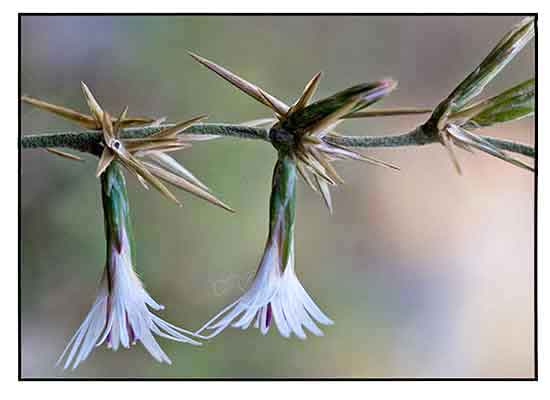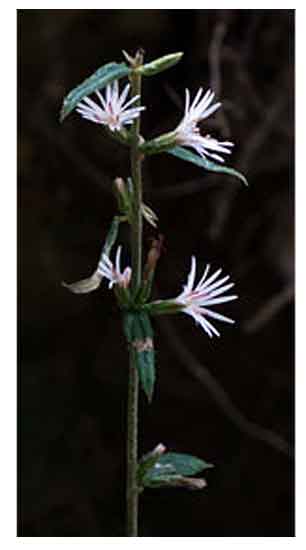
Family • Asteraceaae
Ansliea
Ainsliaea latifolia (D.Don) Sch.Bip.
BROADLEAF AINSLIAEA
Kuan ye tu er feng
| Scientific names | Common names |
| Ainsliaea heterantha Hand.-Mazz. | Ansliea (Tagalized) |
| Ainsliaea hypoleuca Diels | Broadleaf ainsliaea (Engl.) |
| Ainsliaea latifolia (D.Don) Sch.Bip. | |
| Ainsliaea latifolia var. ramifera H.Chuang | |
| Ainsliaea latifolia var. taiwanensis S.E.Freire | |
| Ainsliaea petelotii Merr. | |
| Ainsliaea pteropoda DC. | |
| Ainsliaea pteropoda var. silhetensis DC. | |
| Ainsliaea scabrida Dunn | |
| Ainsliaea silhetensis (DC.) C.B.Clarke | |
| Ainsliaea triflora Druce | |
| Ainsliea latifolia Kuntze | |
| Liatris latifolia D.Don | |
| Liatris lobelioides Wall. ex C.B.Clarke | |
| Perdicium triflorum Buch.-Ham. ex D.Don | |
| Note: No local name found. Ansliea tagalized for title-page use. (Stuart) | |
| Ainsliaea latifolia (D.Don) Sch.Bip. / KEW: Plants of the World Online | |
| Other vernacular names |
| CHINA: Kuan ye tu er feng. |
| INDIA: Kauru, Ram-ban. |
| NEPAL: Sahadeva-sahadevee. |
Gen info Distribution Properties Studies Availability |
June 2025
![]()
 |
| PHOTOS / ILLUSTRATIONS |
| IMAGE SOURCE: Asteraceae : Ainsliaea latifolia / Habit / Copyright © 2011 by Leonardo L Co [ref. DOL28753] / Non-Commercial Use / Image modified / Click on image or link to go to source page / Phytoimages.siu.edu |
| OTHER IMAGE SOURCE: Ainsliaea latifolia / leaf / © Meising / Some rights reserved / CC BY-NC / Image modified / Click on image or link to go to source page / iNaturalist Taiwan |
| OTHER IMAGE SOURCE: Ainsliaea latifolia / flower / © eFloraOfIndia / Non-commercial use / Image modified / Click on image or link to go to source page / eFloraofIndia |
Additional
Sources and Suggested Readings |
• |
DOI: It is not uncommon for links on studies/sources to change. Copying and pasting the information on the search window or using the DOI (if available) will often redirect to the new link page. (Citing and Using a (DOI) Digital Object Identifier) |
| List of Understudied Philippine Medicinal Plants |
| New plant names needed The compilation now numbers over 1,500 medicinal plants. While I believe there are hundreds more that can be added to the collection, they are becoming more difficult to find. If you have a plant to suggest for inclusion, native or introduced, please email the info: scientific name (most helpful), local plant name (if known), any known folkloric medicinal use, and, if possible, a photo. Your help will be greatly appreciated. |
• |
 |
• |



 Parts used
Parts used